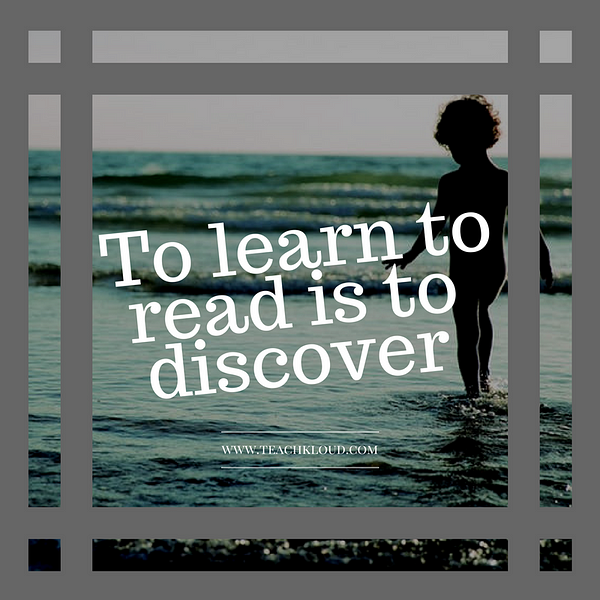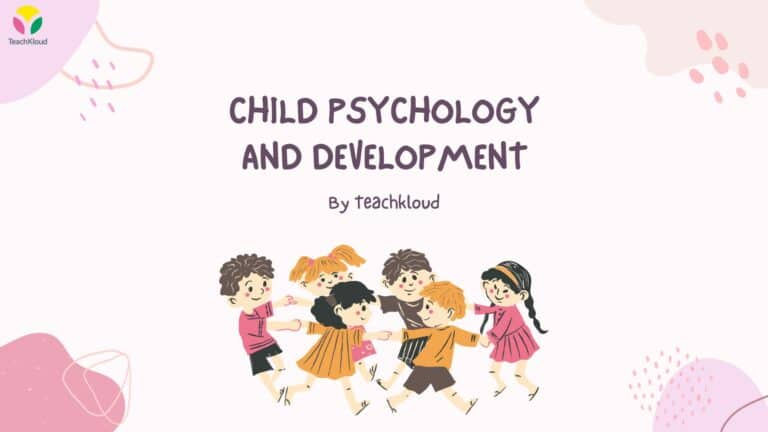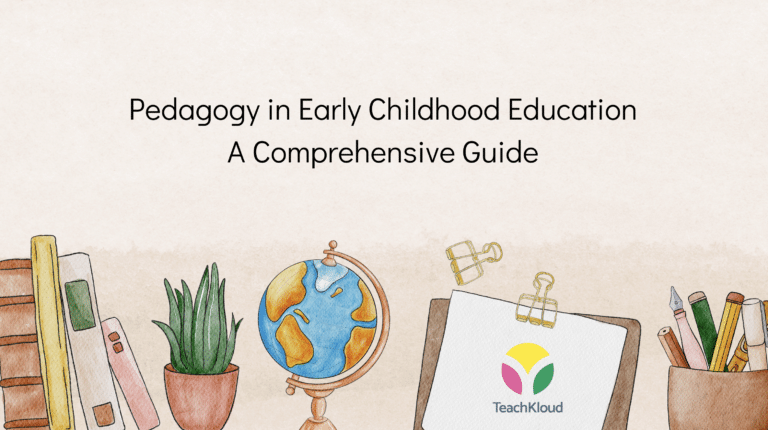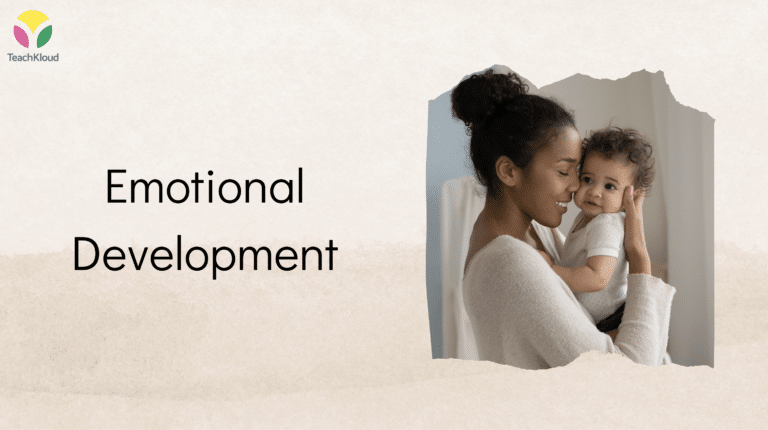How to Foster a Love of Reading in Children — 3 Easy Steps

For as long as I can remember, I have loved to read. As a child, I loved reading and by time I was 10 I had read the children’s section in my local library. Reading was enjoyable. I preferred it to watching television or coloring. However, there are many children who detest reading. The thought of having to sit and read makes them angry and miserable. But why? Is it because they are too hyper and cannot sit still? Do they have difficulty reading? Or is it simply because there are other things that children enjoy more? It may be beneficial to understand the why. For now here are three effective strategies to facilitate a love of reading in children:
- Let the child choose the book. One of the reasons why children hate to read is because they are forced to read books they have no interest in. Obliviously, in a school setting you must follow a curriculum and children need to read what they are told to. However, for “free reading”, let the child choose the book or reading material that excites them. Whether it is a comic book or a magazine, there are words on paper and the child is developing and improving his/her literacy skills. Eventually, however, you will need to guide them to different genres. But, for now, let them read Garfield, Marvel Superheroes, Scooby Doo, or Tiny Titans.
- Find books that center on the child’s interests. Understanding what your child or student is interested in can help you find books for them. The child will be more interested in reading a book if it deals with something they are into. Children who love historical fiction books might be interested in the Dear America Series — books that are formatted like diaries written by fictional characters from a particular timer period.
- Make reading interactive. Incorporate props when reading with your child. For example, if you are reading a Winnie the Pooh book use a stuffed animal Winnie the Pooh. Whenever Winnie the Pooh has dialogue, use the stuffed animal and make it as if he is really speaking. Younger children really love this idea; it might not be as effective for older children.
Show the love and click the clap button. Join our blog for amazing giveaways and early childhood news!





